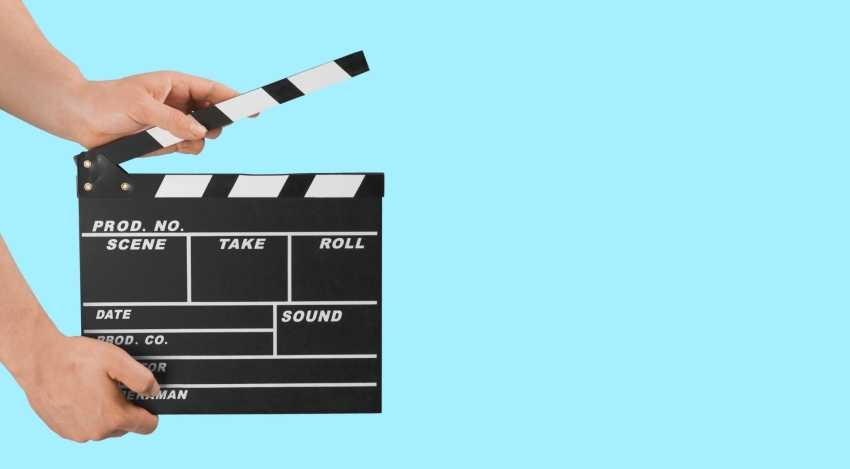

Today, video is the preferred medium for the French! They consume it for leisure, but also for gaining new knowledge. A staggering 86% of internet users declare using online videos to learn something and obtain information (source: Google). But why such enthusiasm for video?
Confucius was more than right when he said, "A picture is worth a thousand words." Indeed, according to "Forrester Research," one minute of video equals 1.8 million words. When we read text, information can be lost, and we tend to read "diagonally." On the other hand, it's different for video formats.
To illustrate this, let's consider the example of a book you devoured and loved. However, when you saw the film adaptation, you were disappointed. Why? Because reading allows our imagination to run free; we interpret and understand events described in a personal way. In contrast, a film has something fixed and stable, generally speaking. Everyone will see the same facial expression of the main character during their final monologue. Thus, there's less variation from person to person in how a film is perceived. Of course, reading is a pleasure on a personal level, and playing with one's imagination is positive. But when it comes to the professional realm, the message needs to be the same for all members of the audience. Therefore, video is an optimal medium for transmitting expertise without room for diverse interpretations. The message becomes much clearer and precise, and this applies to everyone.
When a company communicates, whether internally or externally, the main objective is information retention. The Ministry of National Education, in a document aimed at enhancing memory, reveals that 60% of the global population is visually dominant. Images are thus more effective than text or simple speech when it comes to information retention. The use of visuals helps individuals remember transmitted information more easily, and this has been scientifically proven. This phenomenon can be explained by the fact that images are deposited and stored in our long-term memory, while words are directed to our short-term memory.
Using visual communication allows a company to convey a clear message that will be retained by the majority. For example, MOOCs are a way to transmit knowledge through technology and are becoming increasingly widespread. Similarly, distance learning (live and streaming) needs no introduction, especially after this period of lockdown. But there are many other video formats for delivering information to your collaborators. At the end of 2018, we talked about the 6 key trends for 2019. We mentioned that videos on Facebook Live are watched three times longer than traditional formats, generating twelve times more engagement (according to emarketing).
The key takeaway here is that, for efficient information retention and user engagement, the video format should be favored.
The possibilities are endless; the video format can be beneficial for all areas of a company! It can range from human resources to sales, passing through information systems management. Let's take the example of ISD (Information Systems Directorate): they inform and train all employees on internal tools, security rules, or the functioning of the Information System. Thus, a few short videos made available by ISD members for all concerned employees represent a huge time-saving. And we know how crucial time is in business, especially in smaller growing structures. For salespeople, recording a video that presents sales strategies, techniques, and arguments will harmonize their discourse. Moreover, it's possible to create videos to explain the technical aspects of products.
The video format enables the communication of all types of information within a company in a relevant way. It brings about significant time savings and prevents misinterpretations. Moreover, a video synchronizing your speech with visual support like a PowerPoint, for example, is much more engaging for your audience. Many training sessions, conferences, or other events adhere to this format. ROI can be quickly measured by analyzing shared video statistics (number of views, duration of viewing, etc.). These statistics also help address potential employee attention issues. Indeed, it's easier to mute a video than to tell a colleague to be quiet! Therefore, it's important, first and foremost, to seek feedback from the recipients of the video. Secondly, interactive content should be implemented to maintain everyone's attention. All it takes is having the right tools and using them wisely.
The stage is yours!


